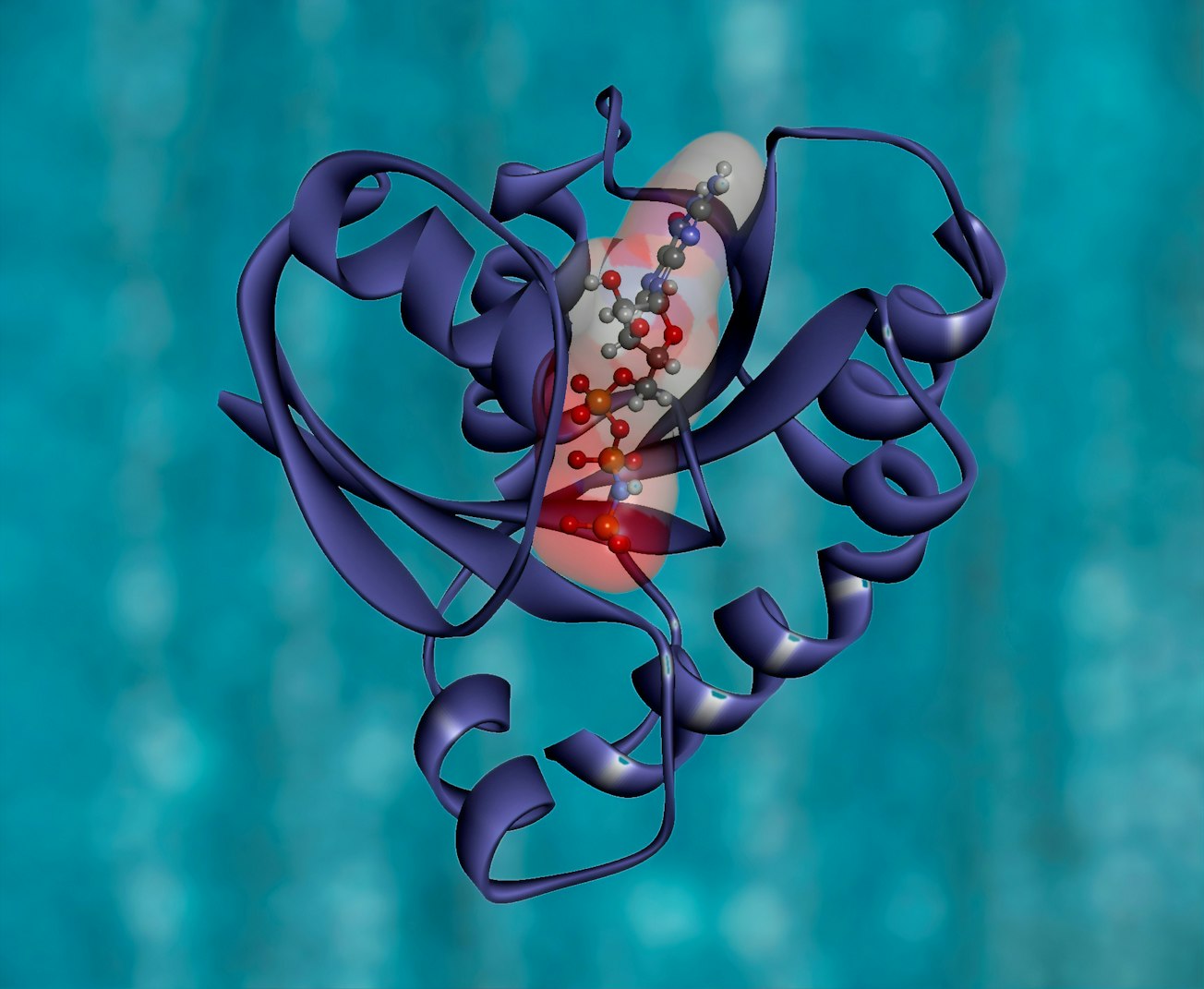What is it about?
Triosephosphate isomerase is a very well-known enzyme of glycolysis, an energy producing metabolic pathway, present in almost all known types of cells. Its catalytic function is essential for almost any form of life. However, in recent years, multiple research groups have found that this enzyme can have other different and surprising functions that often do not involve its main catalytic activity. Among these are: being a marker in many types of cancer, being an auto-antigen and aiding in the evasion of the immune response. Being a factor of virulence in some organisms and also a potent allergen of foods, including seafoods. It plays an significant role in the industry for the cryopreservation of semen, and also an important role in several aspects of the development of Alzheimer’s disease. In some extremely rare cases of human triosephosphate isomerase deficiency, it can produce neurodegenerative alterations. Our review focuses on these novel “moonlighting” functions shown by this classic textbook enzyme.
Featured Image

Photo by National Cancer Institute on Unsplash
Why is it important?
Triosephosphate isomerase is an enzyme with multiple functions.
Read the Original
This page is a summary of: Medical and veterinary importance of the moonlighting functions of triosephosphate isomerase, Current Protein and Peptide Science, October 2018, Bentham Science Publishers,
DOI: 10.2174/1389203719666181026170751.
You can read the full text:
Contributors
The following have contributed to this page







